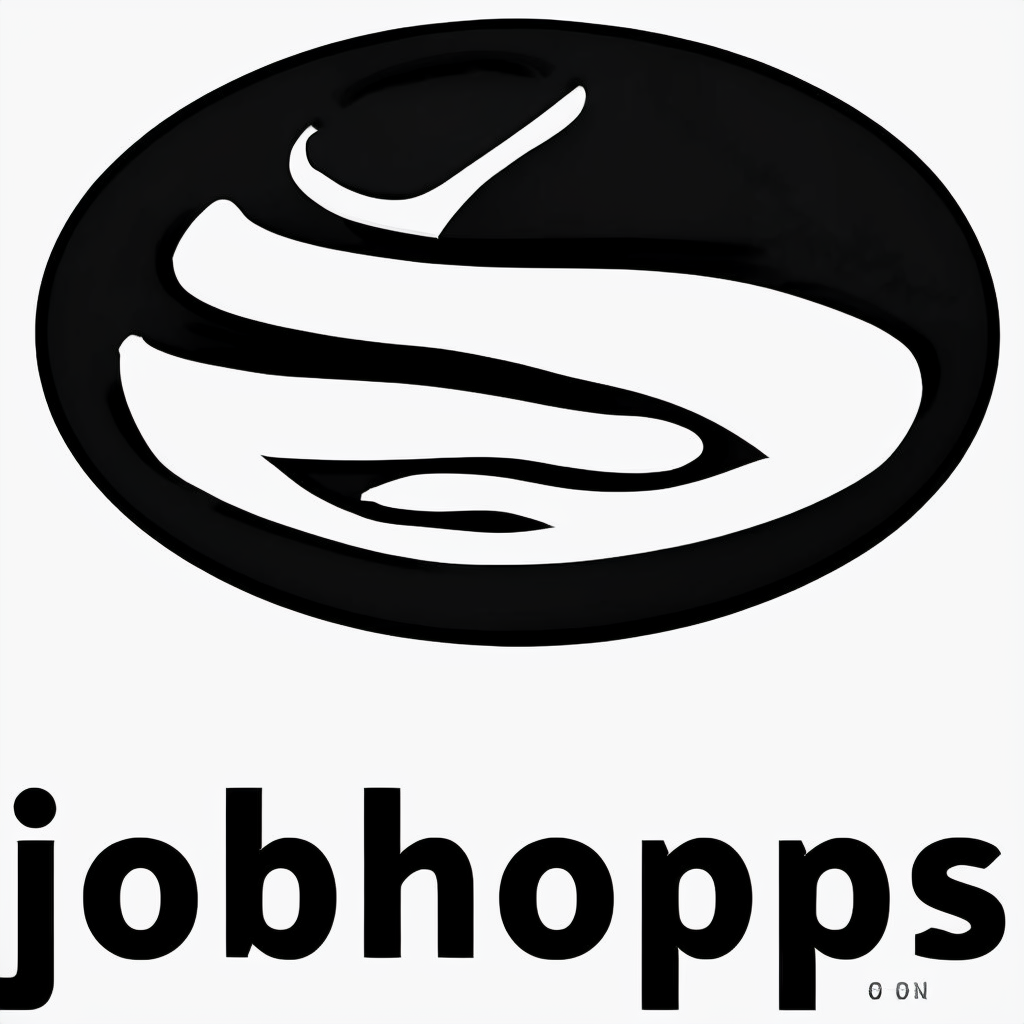High-performance refractory solutions are evolving rapidly to meet the intense demands of heavy industries. Innovations like Saint-Gobain’s NORFLOW® castables simplify installation while enhancing thermal resistance and durability. Tailored linings for furnaces and cutting-edge materials for aluminium, copper, and petrochemical processes extend equipment life and boost operational efficiency under extreme conditions.
Overview of Refractory Solutions for Heavy Industries
High-temperature insulation materials play a vital role in heavy industries by safeguarding equipment and conserving energy. Innovative materials like ceramic fiber insulation and advanced castables enhance thermal efficiency and durability, reducing operational costs. Saint-Gobain Refractories offers solutions that meet strict industry standards, emphasizing the importance of certifications like ISO and ASTM to ensure safety and performance.
Topic to read : How technological innovations are shaping the future of uk business services
Engineered refractory products are now designed for specific applications, such as steelmaking, cement production, and waste management. Their properties, including high thermal shock resistance and corrosion resistance, improve process reliability. The company’s comprehensive range covers everything from basic refractory bricks to complex monolithic linings.
You can view more details on this page: http://mxs-refractories.com/.
Also read : Top-rated arborists in aberdeen to meet your requirements
Advanced Refractory Products and Technologies
Fireproof construction materials are fundamental for safety and longevity in industrial environments. Their selection depends on exposure to elevated temperatures, chemical attack, and mechanical abrasion. High-performance solutions include alumina-based options, magnesia refractories, and robust chrome-magnesite refractory blends. These materials ensure reliable industrial furnace linings and heat resistant linings for applications such as waste-to-energy, glass, and metallurgical processes.
Comparing refractory brick types versus castable refractories, bricks offer predictable performance and uniformity, often favored in stable, structural furnace zones. However, castable refractories enable on-site shaping and faster installation, especially in irregular or complex linings, reducing downtime. Both systems are assessed using refractory selection criteria like thermal shock resistance, durability, corrosion resistance, and ease of repair.
The latest refractory coating technology further enhances lifespan and efficiency by minimizing slag adhesion and improving protective barriers for refractory bricks and ceramic fiber insulation. These coatings support energy efficient refractory systems, optimizing insulation solutions for steel plants, and extending the refractory product lifespan. Continuous innovation trends focus on sustainable refractory materials and recycling processes, contributing to better environmental impacts and reduced operational costs.
Installation, Maintenance, and Quality Assurance
Effective refractory installation techniques are fundamental to prolonging the refractory product lifespan and securing reliable operation. Precision placement of castable refractories and careful seating of refractory brick types are vital steps. Using certified refractory product manufacturers ensures only high-quality high temperature insulation materials and heat resistant linings form the backbone of any industrial system. The use of ceramic fiber insulation provides exceptional insulation solutions for steel plants and complements advanced fireproof construction materials in settings such as industrial furnace linings.
Quality assurance hinges on thorough refractory testing and quality control. Regular refractory lining inspection — now featuring drone and thermographic technologies — identifies early wear, supporting proactive refractory maintenance best practices. Adherence to refractory product certifications and in-depth refractory product durability testing upholds industry standards.
Optimizing maintenance involves robust refractory repair methods and strategic deployment of refractory repair kits. Scheduled attention to refractory cleaning and maintenance slows the most common refractory failure causes analysis. Selecting the proper refractory installation techniques and following refractory process optimization protocols maximize both equipment efficiency and safety for personnel.
BODY
Using the SQuAD method, the properties that set apart engineered ceramics and castables revolve around extreme thermal, mechanical, and corrosion resistance. Ceramic refractory and silicon carbide options excel in supporting continuous operation in severe environments, especially for industrial furnace linings or fireproof construction materials. These materials also allow for advanced refractory installation techniques, maximizing both efficiency and safety.
Castables—by virtue of their adaptable forms—are frequently utilized in high temperature insulation materials, providing tailored coverage for irregular shapes or repair areas. Their thermal shock resistant materials and refractory thermal conductivity help maintain optimal energy efficiency in heat resistant linings. Furthermore, refractory product customization supports unique operational demands, especially when selecting between refractory brick types and monolithic refractories for durability and refractory solution case studies in varied industries.
Modern ceramic fiber insulation and refractory coating technology further enhance protection, reducing refractory wear and abrasion resistance even under fluctuating loads. Specialized refractory repair methods and robust refractory maintenance best practices keep installations reliable, extending refractory product lifespan and improving refractory mechanical strength thanks to the ongoing innovation trends and engineering services in the field.





